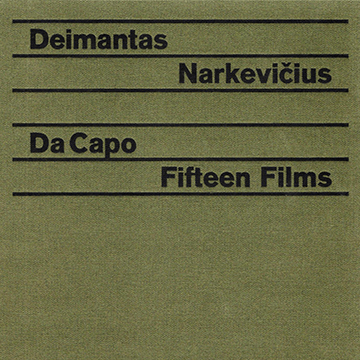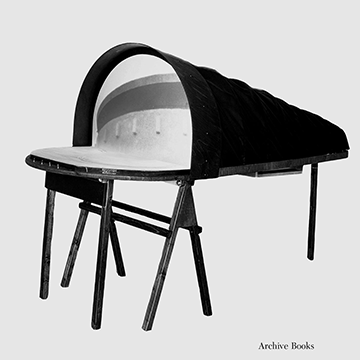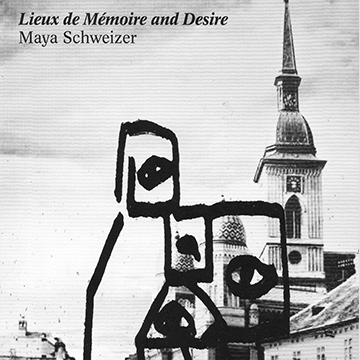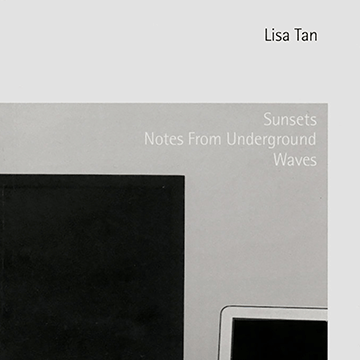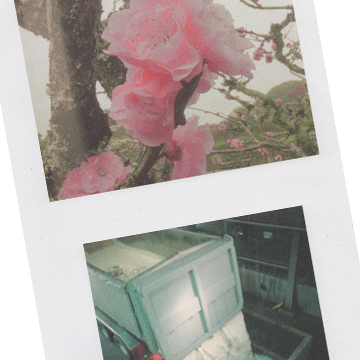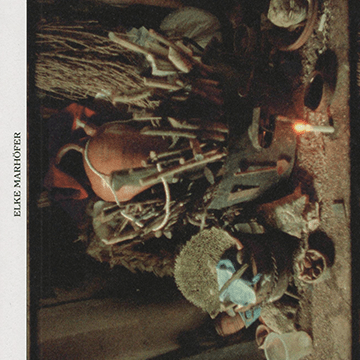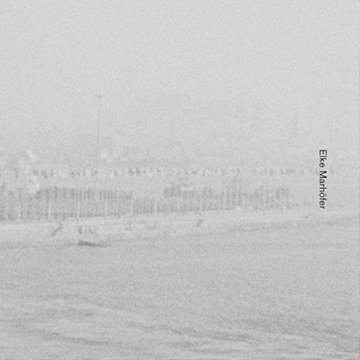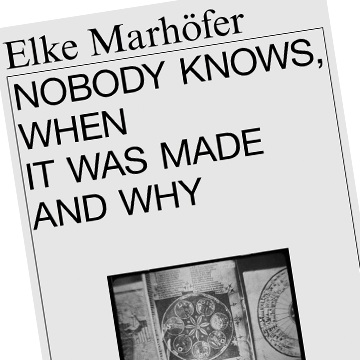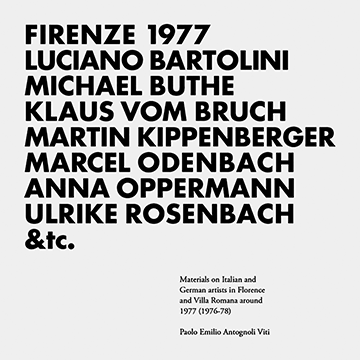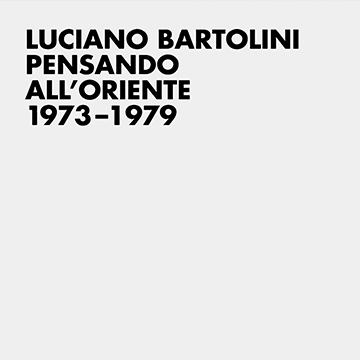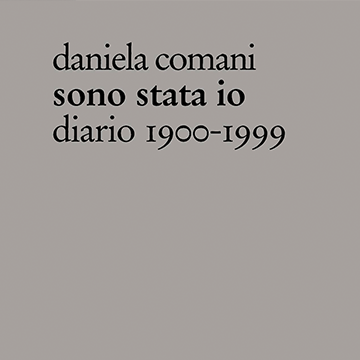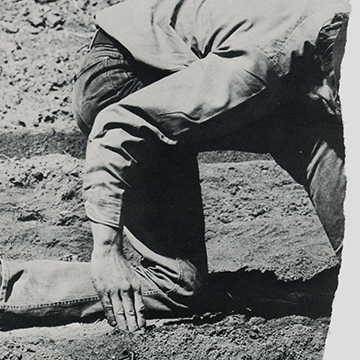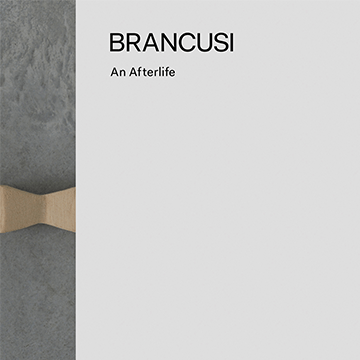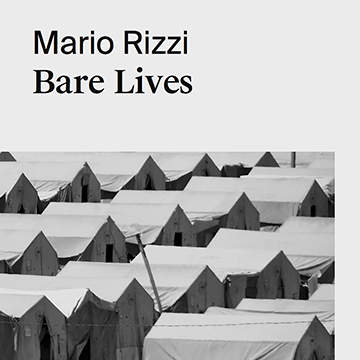This publication constitutes the first comprehensive overview of the filmic production by the video-artist and filmmaker Deimantas Narkevičius: over 20 years of production and more than 200 exhibitions all over the world. It contains the transcription in their integral version of the film’s dialogue list, and it is completed by the comments of 16 authors on the 15 films made by Narkevičius from 1997 through to today. Each film is introduced by the artist’s personal statement.
Category: Titles
Mobile Cinema
The Mobile Cinema presentation apparatus – somewhere between urban model, cinema, and plate camera – derived its form from Alexander Medvedkin’s film The New Moscow (1938), in which an engineer used it to present his designs and visions for Moscow on his journey into the Soviet capital. The real space is replaced by a city of models representing a new reality by cinematographic means.
Lieux de Mémoire and Desire
The publication presents five cinematic works of Maya Schweizer and examines how the artist approaches the relation of montage editing techniques with the concept of film and memorial and film as memorial – a relation which traces back to both the very beginnings of montage and incorporates the research of French historian Pierre Nora. Recurring moments in Schweizer’s multiform art practice revolve around the examination of subtly treated processes of memory regarding historic-political events in public space. In the places, structures and situations she investigates, historical threads intersect.
Sunsets, Notes From Underground, Waves
The book serves as a guidebook to Lisa Tan’s eponymous video suite. Containing illustrated transcriptions of each video and texts by Mara Lee, Lauren O’Neill-Butler, Natasha Sadr Haghighian, and the artist, it both catalogues and responds, sticks to the facts and allows for hearsay.
The concept of the liminal permeates Tan’s videos: drifting between day and night, above and below ground, land and sea. An analogous transit is offered by this book, suspending the reader between the empirical and subjective, with the hope of fulfilling the promise held out by the liminal: transformation.
Shape Shifting
Shape Shifting is the practice of a landscape by which it preserves and changes simultaneously. Shape Shifting is a film as well, akin to a living territory, both build themselves in response to a broader environment by transforming their internal composition. Being a landscape, or drawing a cartography of a landscape is to develop an attentiveness towards the doings of human and nonhuman forces. The book brings together the receptivity of images and the spontaneity of words, from there different theories emerge.
Prendas – Ngangas – Equisos – Machines
Transducing a single film into printed matter, this book addresses the question of how to connect the nonhumans, animals and plants to the postcolonial space without deepening inflicted violations on both people and nature? The film prendas – ngangas – enquisos – machines {each part welcomes the other without saying} gathers affects of plants and animals whose ancestors were moved to the new world, and ‘had to colonize the new land with the humans as a team.’ in present-day Cuba animals such as cows, horses, goats, pigs and chickens provide food and labor, and often move around freely. Much like extended family members some animals share close relations with humans. Some entered the intermediate state between domesticated and wild, others return to the forest to fully reverse their domestication and to become something else entirely.
No, I Am Not a Toad, I Am a Turtle
The publication No, I Am Not a Toad, I Am a Turtle goes back to a three year long research and a film project by Elke Marhöfer on the Korean song form of ‘pansori’ music. Confronted with an animist ontology, growing from the research, the publication revisits discredited philosophies based upon believes on souls and spirits, and questions how modernity designed and conceptualized the relationships and boundaries between ‘humans,’ ‘animals,’ ‘plants’ and ‘things.’
Nobody Knows, When it Was Made and Why
The publication takes a fresh look at Aby Warburg’s prominent Mnemosyne Atlas. Reflecting on the fact that research, be it art or science based, is a historical and anthropological procedure that is closely related to colonialism, the film and the two essays rethink how Warburg creates a relational and trans-cultural methodology. Inhuman and animating forces of images, things, animals, people, minerals, amulets and dices, solar and lunar eclipses, intestines, magic stones and starry heavens stemming from Iran, Iraq, Syria and Jordan suggest exploring Mnemosyne Atlas outside of European cultural history and the imagination of itself.
Firenze 1977
Firenze 77 tells the story of a number of artists who passed through Florence, and Villa Romana, between the second half of the 1970s and the early 1980s. This book brings together a series of notes, comments, book summaries and various kinds of devices and does not pretend to be other than a collection of heterogeneous, autonomous material and is open to the prospect of a future, broader and unified work.
Pensando All’Oriente 1973–79
This publication was made in collaboration with Archivio Luciano Bartolini, which since 1994 – the year of the artist’s death – has conducted careful research for the conservation and cataloguing of his works. Created in parallel with the volume Firenze 1977 it takes a position of ideal continuity with the essay by Paolo Emilio Antognoli Viti, accompanying the historical-critical recontextualization of the figure of the artist with an important tool of documentation on his work from 1973 to 1979.
Sono stata io. Diario 1900-1999
Sono stata io. Diario 1900-1999 di Daniela Comani è un diario dove sono riportati 366 giorni di un anno bisestile (dal 1 gennaio al 31 dicembre), fatti accaduti realmente nel secolo ventesimo. L’io narrante assume alternativamente il ruolo della vittima e quello dell'artefice, indentificandosi come autore/autrice - impossibile - dei fatti che hanno pregnato un secolo intero. Gli anni relativi ai giorni sono consultabili nella cronologia in appendice.
It Was Me. Diary 1900-1999
Daniela Comani’s project It Was Me. Diary 1900-1999 is a diary of 366 days (from January 1st to December 31st) on facts that really happened in the 20th Century. The diary is written in the first person and the narrator assumes alternatively the role of the victim and the role of the perpetrator, as individual – impossible – author of the pregnant events in the history of a whole century. The chronology in the appendix indicates the years of the facts everyday.
Frequency-Modulated Scenario
What difference does it make if a newspaper reports on a worker protest as if it were a theatre piece? Why does an argument in the neighbors’ apartment sound like a radio play? When was the term Lebensraum decolonized? How can Little Red Riding Hood get hold of the copyright for her own character? Who dresses up as whom in order to belong to what group? What happens when not much is happening, but lots of airtime has been scheduled for news broadcasts?
At a radio station called The Listener’s Voice, freedom of speech is supposed to be guaranteed by a computerized moderator taking listeners’ calls. Yet, the moderator was not only programmed for an unplanned architecture of discourse that sprawls into environments of potential violence, ambiguous sexuality, and rowdy beauty, but also to make identifying data anonymous. Double-sided, invisible, and acoustic masks are at work. Cyber-radio comes into conflict with human memory.
Summer Winter East West
Display and its social dimensions are leitmotifs in the multiform art practice of Martin Beck. His exhibition ‘Last Night’ at Kunsthaus Glarus reflected on the relations between exhibiting and community by bringing together two bodies of works: one drawing on modern exhibition history, the other building on the history of countercultural communes in the 1960s and early 1970s United States. Summer Winter East West discusses Beck’s engagement with display not only as a tool of presentation but also as a form of communication – within and beyond the realm of the exhibition. What are the possibilities for imaging community? How can togetherness be presented (or present itself), and to what degree is exhibiting already an aspect of community building?
Brancusi. An Afterlife
Posthumous interpretations of the life and work of Constantin Brancusi, as employed by Alexandra Croitoru in her artistic research, are part of what can be understood as the ‘Brancusi effect’ in post-Stalinist Romanian culture. Unlike the established concept of influence, which denotes a relationship of causality between an active agent and a passive receptor, the term ‘effect’, the same as ‘afterlife’, has the advantage of affirming a plurality of cultural agents that contribute to a given cultural construct; it also allows the affirmation of a retrospective influence on the meaning of Brancusi via terms such as re-contextualisation, re-modeling, re-signification, etc. The cultural signifier Brancusi has inevitably expanded its range of significations. Readings of it, as well as its cultural meaning, can no longer be purely aesthetic.
Bare Lives
In Bare Lives Mario Rizzi portays Yazidi refugee camps and their inhabitants, exploring hidden stories and consequences of the so-called ‘Arab Spring’ and how they entangled individual political lives and wider geopolitics of the region.
